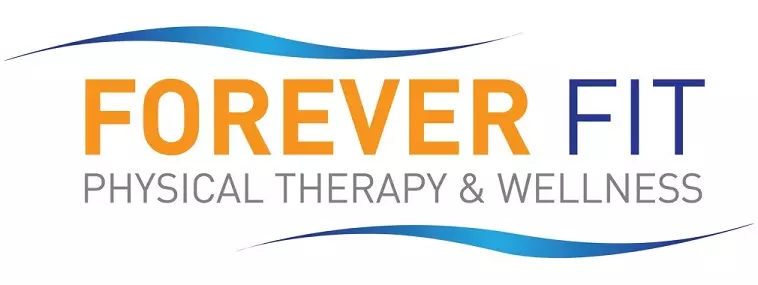Do you have a painful knot of tension and stiffness in your body that won’t go away? Most people notice trigger points in their back or neck muscles from time to time, but they can happen almost anywhere. If your symptoms are severe, or if other types of physical therapy haven’t provided complete relief, trigger point dry needling may help.
Trigger points are tight spots in the muscle and fascia or connective tissue where tension is trapped between multiple layers. They aren’t always painful or noticeable. A trigger point can be a result of repetitive movements, past injuries or skipping your cooldown after intense activity.
Trigger points can sometimes be released with some pressure and gentle movement. However, if not taken care of, multiple trigger points can develop into myofascial pain syndrome. This is an ongoing and more severe condition that may require more intensive treatments.
In this article, we’ll share seven signs you may need trigger point dry needling for muscle relief.
7 signs you may need trigger point dry needling for muscle relief
Dry needling is just one of several physical therapy treatments that may help relieve pain and tension in trigger points. Manual therapy, therapeutic exercise and stretching, and other modalities may also be effective. Dry needling can provide deeper, more targeted stimulation than other treatments. To determine what treatments will be most helpful for you, you’ll need to see a physical therapist for an assessment.
The following seven signs may indicate a need for trigger point dry needling:
-
Persistent muscle knots and trigger points
If you have painful knots of tension that don’t improve with massage or go away on their own, dry needling may help. It can also help with trigger points that come back frequently for one reason or another.
-
Chronic muscle tension despite stretching
Stretching is usually one of the first things people try for muscle tension. It can help when the tension is mild or close to the surface. For deeper tension and stiffness that doesn’t respond to stretching, trigger point dry needling may help.
-
Referred pain patterns
Trigger points can sometimes cause referred pain in other parts of the body. The pain sensory nerves are all part of one connected system, and constant activity near the trigger point can cause other nerves to become more sensitive. Trigger point therapy addresses both typical and referred pain.
-
Limited response to traditional physical therapy
Dry needling is often used when manual therapy or targeted stretching and exercise don’t completely relieve pain and tension. If you’ve been going to physical therapy for a few weeks and you’re still noticing symptoms, your PT may incorporate dry needling.
-
Muscle weakness due to inhibition
Tightness and restriction in the muscles can limit their range of motion or make them feel weak. Over time, trigger points make the surrounding tissue stiff and reduce blood flow. Releasing trigger points helps restore healthy movement and activation in muscle fibers.
-
Sleep disruption from muscle pain
Tension and pain can keep you awake at night because your nervous system is on alert. Losing sleep can make you more sensitive to pain, creating an endless cycle. Relieving deeply held tension allows you to rest easier so your body can repair.
-
Recurring injuries in the same muscle groups
Patterns of tension and restriction can put a strain on the surrounding tissue and affect your movement and control. If normal activity causes recurring injuries or pain in the same areas, trigger points may be an underlying issue.
Find out if trigger point dry needling at Forever Fit is right for you
Trigger points can cause pain and limitations that affect your day-to-day life. When they’re persistent or when you have more than one, that’s a sign you should see a physical therapist for an assessment. Trigger points can coexist with other conditions, or they can snowball into chronic conditions when left untreated. Dry needling can offer fast relief that lasts.
At Forever Fit, we specialize in natural treatments that help with musculoskeletal problems like trigger points. We always start with an in-depth assessment to learn about your symptoms and how they’re affecting you. Your PT will suggest several modalities that are likely to help release your trigger points. Dry needling requires special training, and providers at many of our locations have experience with it. Check out Rockville and Largo, or call the location nearest you and ask if it’s an option.
You can also call us today or fill out our online appointment request form to get started.

